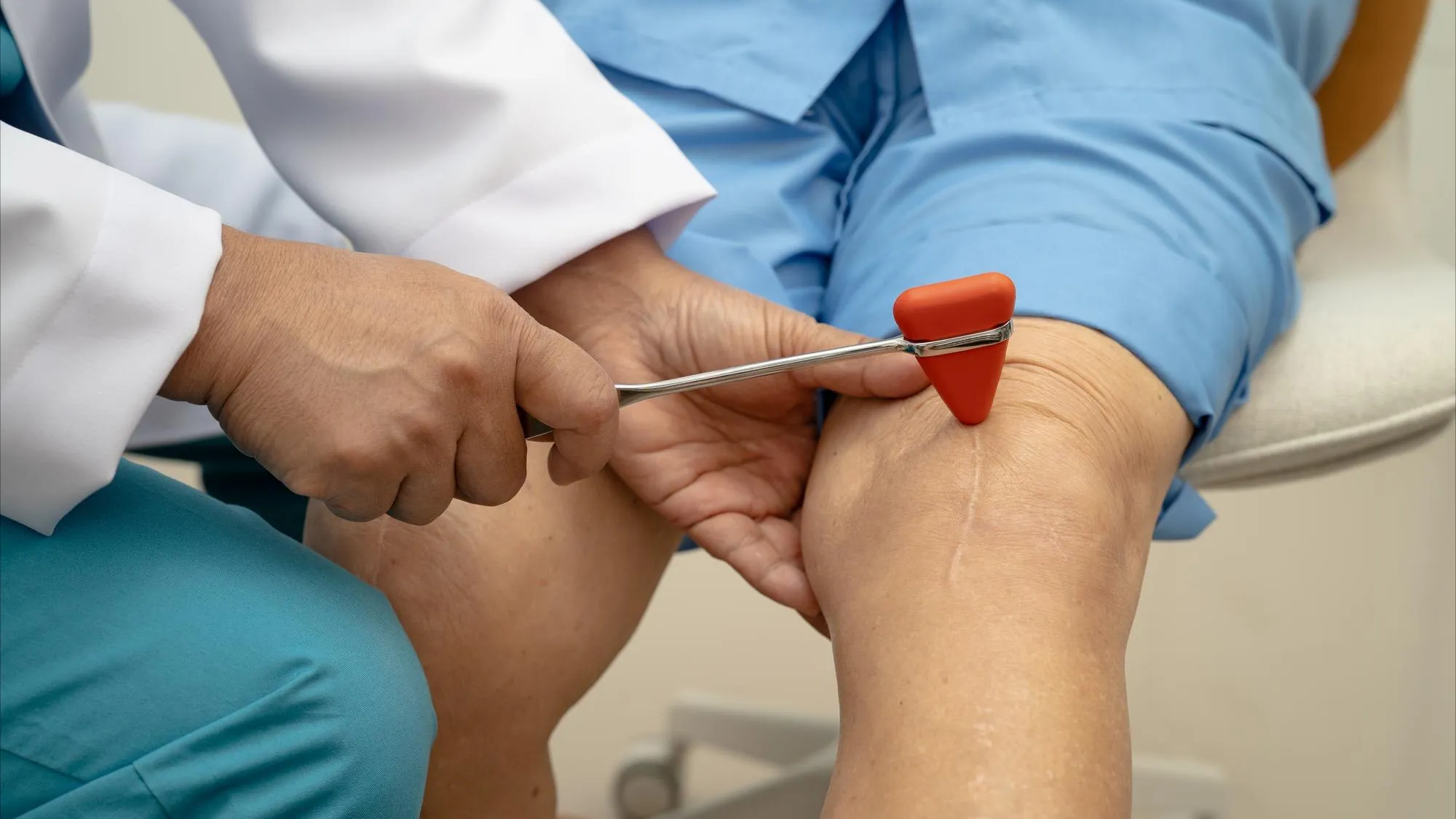
Deep vein thrombosis (DVT) is a serious medical condition where blood clots form in the deep veins, usually in the legs. These clots can lead to pain, swelling, and in some cases, life-threatening complications such as pulmonary embolism (PE). Understanding the causes, risks, and prevention methods of DVT is important in maintaining vascular health and preventing severe outcomes. In this comprehensive guide, Dr. Aakash Patel, a leading expert in vascular and interventional radiology, shares insights on DVT, its symptoms, treatment options, and how to reduce your risk.
What is Deep Vein Thrombosis (DVT)?
Deep vein thrombosis (DVT) occurs when a blood clot (thrombus) forms in a deep vein, commonly in the legs. These clots can partially or completely block blood flow, leading to complications if not treated promptly. If a DVT clot breaks loose and travels to the lungs, it can cause a pulmonary embolism (PE), a life-threatening condition that requires immediate medical attention.
Common Symptoms of DVT
DVT symptoms can vary from mild to severe and may include:
- Swelling in one leg (rarely both legs)
- Pain or tenderness, especially when standing or walking
- Red or discolored skin over the affected vein
- Warmth in the affected area
- Leg cramps (usually in the calf)
- Sudden shortness of breath (if PE occurs)
In some cases, DVT may not present any noticeable symptoms, making it a silent but dangerous condition. If you experience any of these signs, seek medical help immediately.
Causes and Risk Factors of DVT
Several factors can increase the risk of developing deep vein thrombosis. These include:
- Prolonged Immobility: Long periods of inactivity, such as extended bed rest, long-haul flights, or sitting for hours, can slow blood circulation and contribute to clot formation.
- Surgery and Hospitalization: Post-surgical patients, especially those undergoing orthopedic or abdominal surgery, are at higher risk due to reduced movement and blood vessel trauma.
- Family History of Blood Clots: A genetic predisposition to DVT can increase your likelihood of developing blood clots, particularly if close relatives have had clotting disorders.
- Medical Conditions: Conditions such as cancer, heart disease, and varicose veins can increase clotting risks by altering normal blood flow.
- Pregnancy and Hormonal Factors: Pregnant women experience increased blood clotting due to hormonal changes, and the risk extends up to six weeks postpartum. Birth control pills and hormone replacement therapy can also raise clot risks.
- Smoking: Smoking damages blood vessels and reduces circulation, contributing to an increased risk of clot formation.
How to Prevent DVT
Preventing DVT involves lifestyle changes and medical interventions. Here are some effective ways to lower your risk:
- Stay Active: Regular movement improves blood circulation. If you have a desk job, take breaks every hour to stand and walk around.
- Hydration is Key: Drink plenty of water to maintain proper blood viscosity and reduce clot formation risk.
- Wear Compression Stockings: Compression stockings help improve circulation in the legs and are especially useful for individuals prone to DVT, such as travelers and post-surgical patients.
- Manage Weight and Exercise Regularly: Maintaining a healthy weight and engaging in moderate exercise like walking or swimming reduces the risk of deep vein thrombosis.
- Quit Smoking: Stopping smoking can significantly reduce vascular damage and lower the chances of developing blood clots.
DVT Diagnosis and Treatment Options
- Diagnostic Imaging: To confirm DVT, Dr. Aakash Patel may recommend diagnostic tests such as:
- Doppler Ultrasound – The most common test to visualize blood clots.
- D-Dimer Test – A blood test that detects clot fragments.
- Venography – A special X-ray to identify vein blockages.
- Medications for DVT: Treatment often includes anticoagulants (blood thinners) like warfarin or heparin to prevent clot growth and reduce recurrence.
- Minimally Invasive Procedures: For severe cases, Dr. Aakash Patel may perform :
- Catheter-Directed Thrombolysis – A procedure using X-ray guidance to dissolve large clots.
- Inferior Vena Cava (IVC) Filter Placement – A small device placed in the vein to prevent clots from reaching the lungs.
- Lifestyle Adjustments Post-Treatment: Patients recovering from DVT should :
- Continue light exercises.
- Wear prescribed compression stockings.
- Regularly follow up with their doctor.
Why Choose Dr. Aakash Patel for DVT Treatment?
When it comes to treating deep vein thrombosis, choosing the right medical expert is crucial. Dr. Aakash Patel, a highly skilled vascular and interventional radiologist, specializes in diagnosing and treating DVT using the latest minimally invasive techniques. With extensive experience in handling complex cases, Dr. Aakash Patel provides personalized treatment plans for each patient, ensuring optimal outcomes with minimal discomfort. His approach focuses on accuracy, safety, and rapid recovery, making him a trusted choice for vascular care in Ahmedabad.
Conclusion
Deep vein thrombosis is a serious but preventable condition. Understanding the causes, risks, and preventive measures can help reduce complications and improve vascular health. DVT symptoms should never be ignored, as early diagnosis and treatment can prevent life-threatening complications like pulmonary embolism. With expert guidance from Dr. Aakash Patel, patients can receive cutting-edge DVT treatments with a high success rate and minimal downtime.
If you’re experiencing symptoms of deep vein thrombosis or want to learn more about prevention, call us at +91 9586961070 or Book Your Appointment Today with Dr. Aakash Patel for expert consultation and personalized care.



